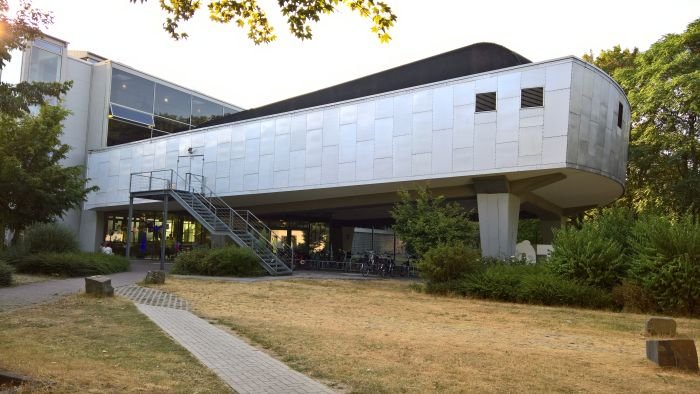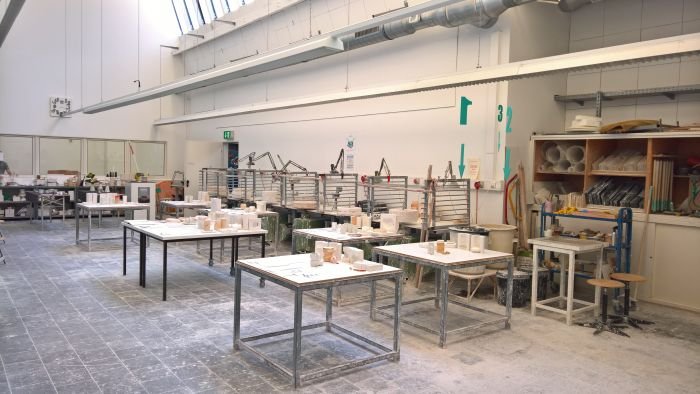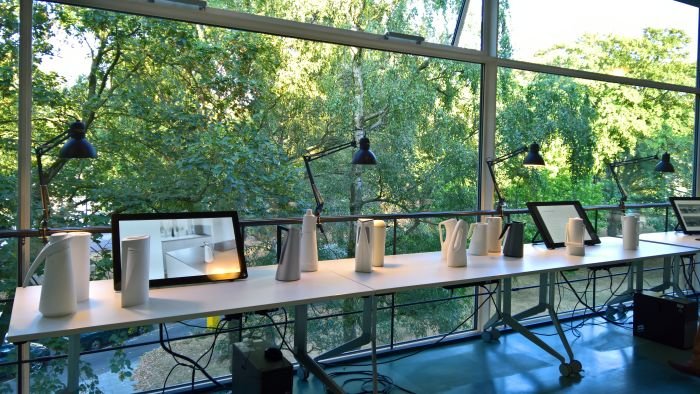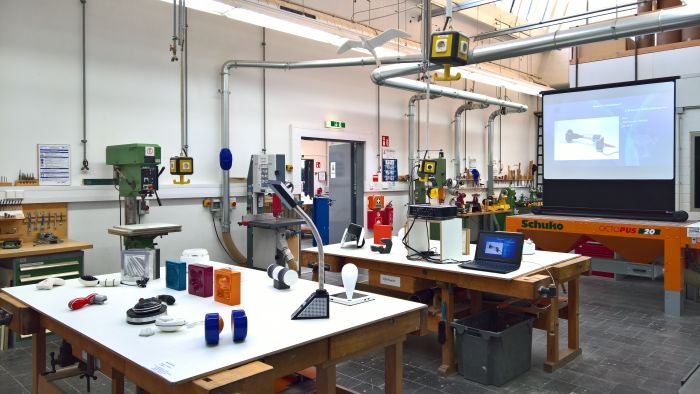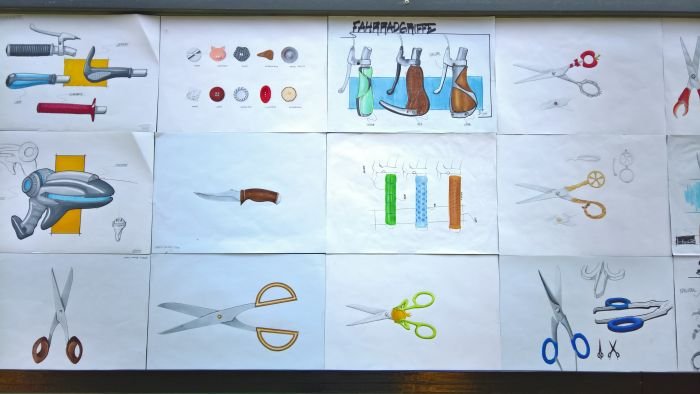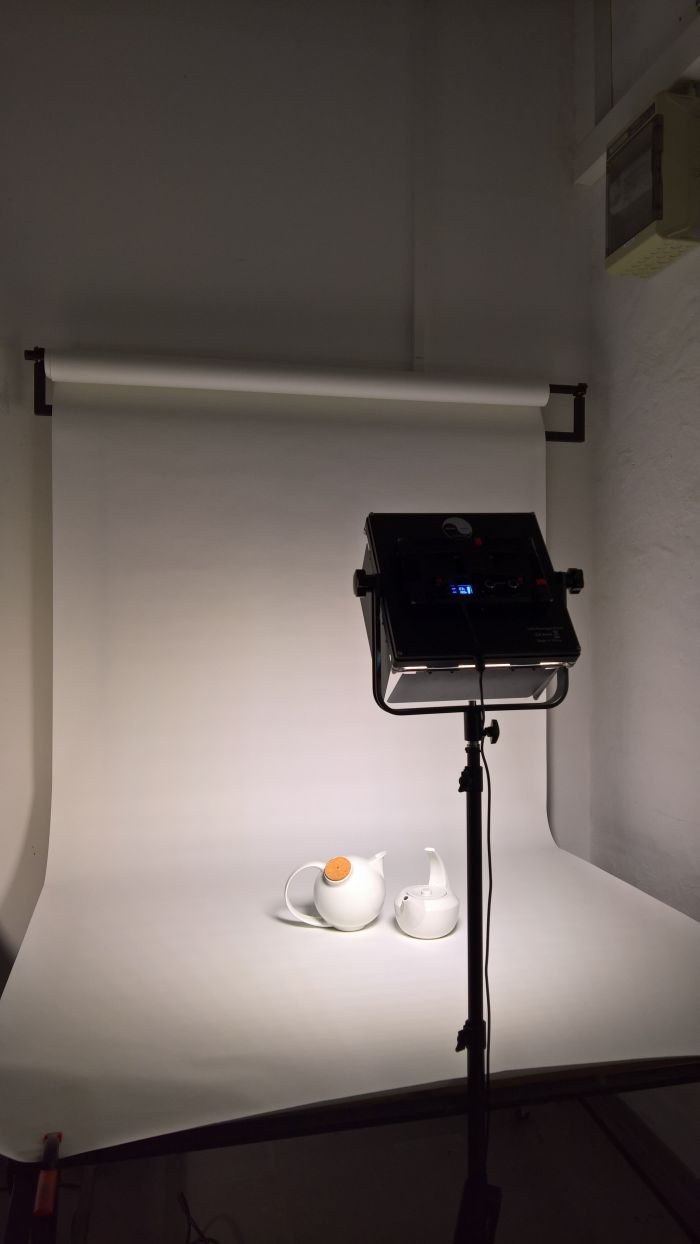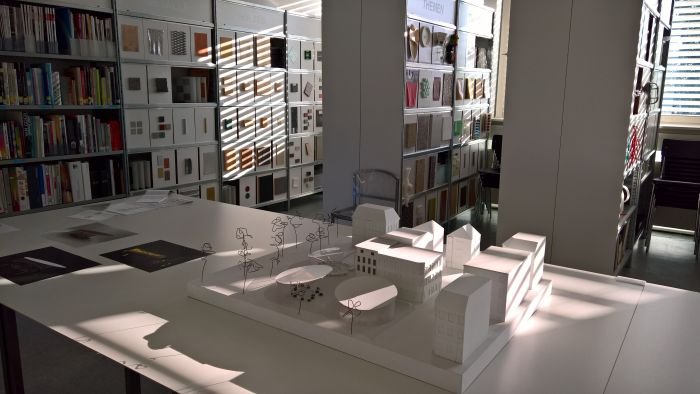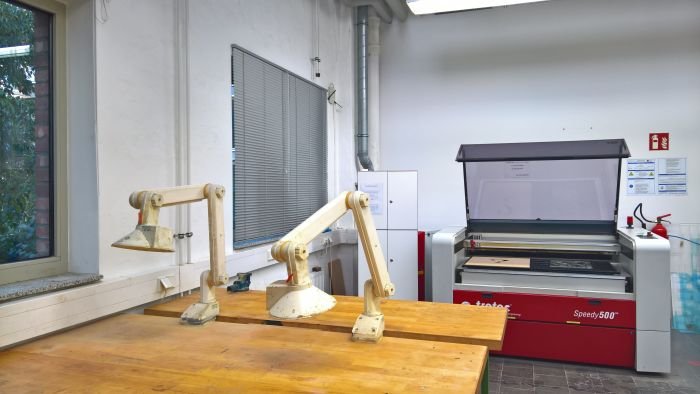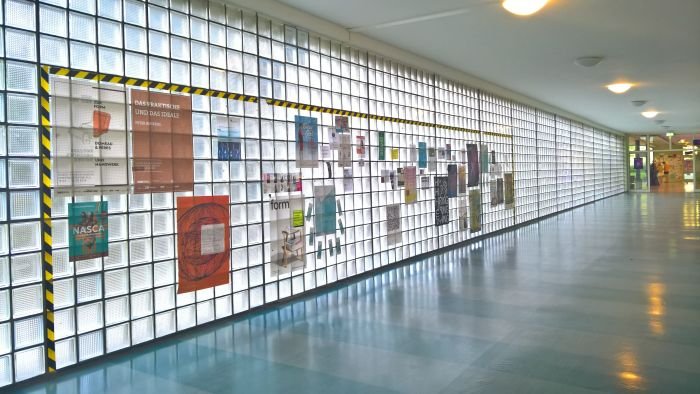As we all learned from the exhibition Peter Behrens. The Practical and the Ideal at the Kaiser Wilhelm Museum Krefeld, the city was an important location in the development of the young Peter Behrens, not least through the role played by the museum's founding director Friedrich Deneken in helping Behrens take his first steps from pure to applied arts; help which included not only giving Behrens' work space in the museum but also mediating commissions with Krefeld manufacturers.
One of the more interesting projects discussed by Deneken and Behrens was creating the Damenzimmer - Boudoir - in Behrens' house on the Mathildenhöhe Artists Colony in Darmstadt as a "Krefeld Room", featuring exclusively, or near as makes no difference, works by Krefeld manufacturers.
Ultimately, for reasons of time, it wasn't realised as such, but the fact that it was seriously considered underscores the depth of manufacturing and craft industries in Krefeld of 1901.
And the breadth of Behrens' fledgling talents.
Krefeld of 2018 may not have the depth of industry it enjoyed in 1901, but do the current fledgling designers have the breadth of talent of a Peter Behrens?
The 2018 designkrefeld Werkschau provided a good opportunity to gather an impression.
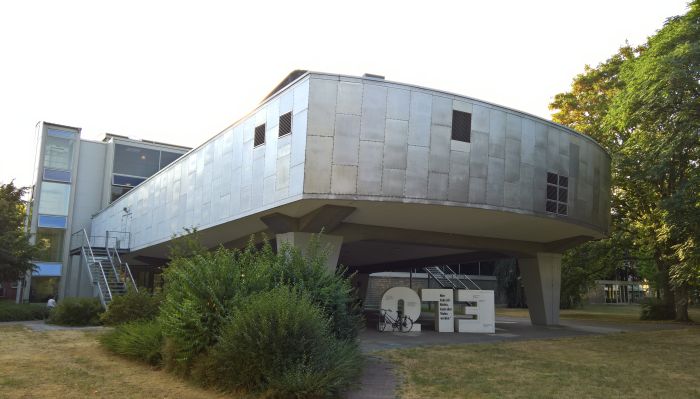
Krefeld markets itself as a "Stadt wie Samt und Seide" - city like velvet and silk - a reference to its former glory as one of the Europe's leading textile production centres, for all one of Europe's leading centres for, SPOILER ALERT!!!, silk and velvet, and appropriately enough the history of the Hochschule Niederrhein goes back to the establishment in 1855 of the Höhere Webschule - Higher Weaving School - an institution established to support the weaving industries and one which quickly broadened its field of vision becoming in 1883 the Royal Weaving, Dying and Glazing School. A name change which also reflected the shifting industrial focus of the region through the early 20th century.
In context of a 1971 education reform in the German State of Nordrhein-Westfalen, NRW, some 13 existing institutions in and around Krefeld/Mönchengladbach, including the 1901 founded, Preußische Höhere Fachschule für Textilindustrie, the 1904 Crefelder Werkkunstschule, the Staatliche Ingenieurschule für Maschinenwesen (1958) and Staatliche Höhere Wirtschaftsfachschule (1962) were unified into the Fachhochschule Niederrhein, renamed in 2001 the Hochschule Niederrhein.
Housed in the former Textilingenieurschule, a work realised in the early 1950s by Bernhard Pfau, and a building which combines a supremely reduced and pleasingly open two storey brick/glass building with an annex which, well, well ..... well, which resembles the aftermath of a collision between the building and a whale, a steel clad whale, one understands, and a thoroughly charming, endearing construction, the whale having survived the collision and appearing perfectly at ease with its new situation, designkrefeld a.k.a the Hochschule Niederrhein Design Faculty, traces its (most linear) roots back to the Crefelder Werkkunstschule and today offers Bachelors in Communication Design and Product & Object Design, and a Masters programme.
Works from all three being displayed in the 2018 Summer Werkschau
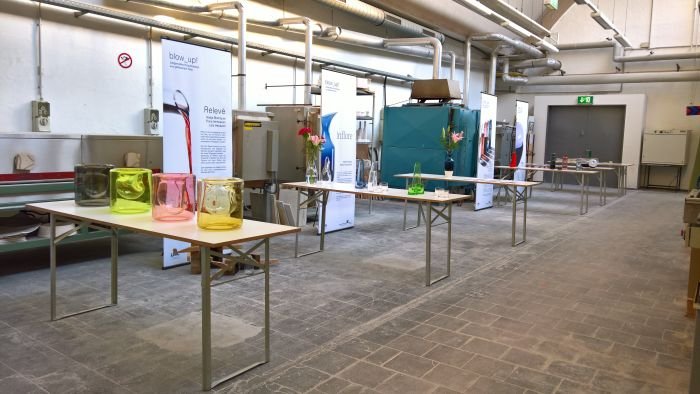
Providing both an introduction to how the school works, and also an overview of the projects realised in the course of the past year, both semester projects and graduation works, no particular project on show at Werkschau 2018 particularly grabbed our attention, which as ever is fine, and certainly no reflection on the quality of the works presented, far from it, it was a highly enjoyable, informative and thought-provoking showcase; just nothing particularly spoke to us, which is, as we say, fine, as ever the aim and purpose of students projects isn't to attract our attention, it would be tragic, monotonous, world if it was, or indeed to attract anyone's attention, much more student projects are about the student learning the practical and theoretical aspects of design while developing their own understanding of and position to design. And such a showcase is about visualising that process and explaining how the respective school approaches it.
Something the designkrefeld Werkschau did in a very clear and uncomplicated fashion. But yeah, people always think that when you visit such showcases you have to become obsessed with a project. You don't. That's stupid. And we blame Instagram. OK, not Instagram alone, the objectification of design is a long established phenomenon. Which has become increasingly acute in the Instagram age.
Whereby in terms of the semester class presentations we did spend quite a lot of time with the results of the ceramics course Krefelder Weihnachtsmarkttasse, which asked students to create a Glühwein mug for the 2018 Krefeld Christmas Market, and a project which placed the students in a real world scenario, the winning entry being produced and employed during the Christmas Market, ergo it must function as a mug; and also with the class Blow_Up! run in conjunction with LWL Industriemuseum Glashütte Gernheim and which sought contemporary interpretations on traditional glass blowing, a relatively small class, but one of those which reconfirms your understanding that despite the centuries we've been forming glass, there still remains so much to be wrought from it as a material
And so without further ado, a few images from the Hochschule Niederrhein designkrefeld Werkschau 2018
Full details on the Hochschule Niederrhein and designkrefeld can be found at www.designkrefeld.de
